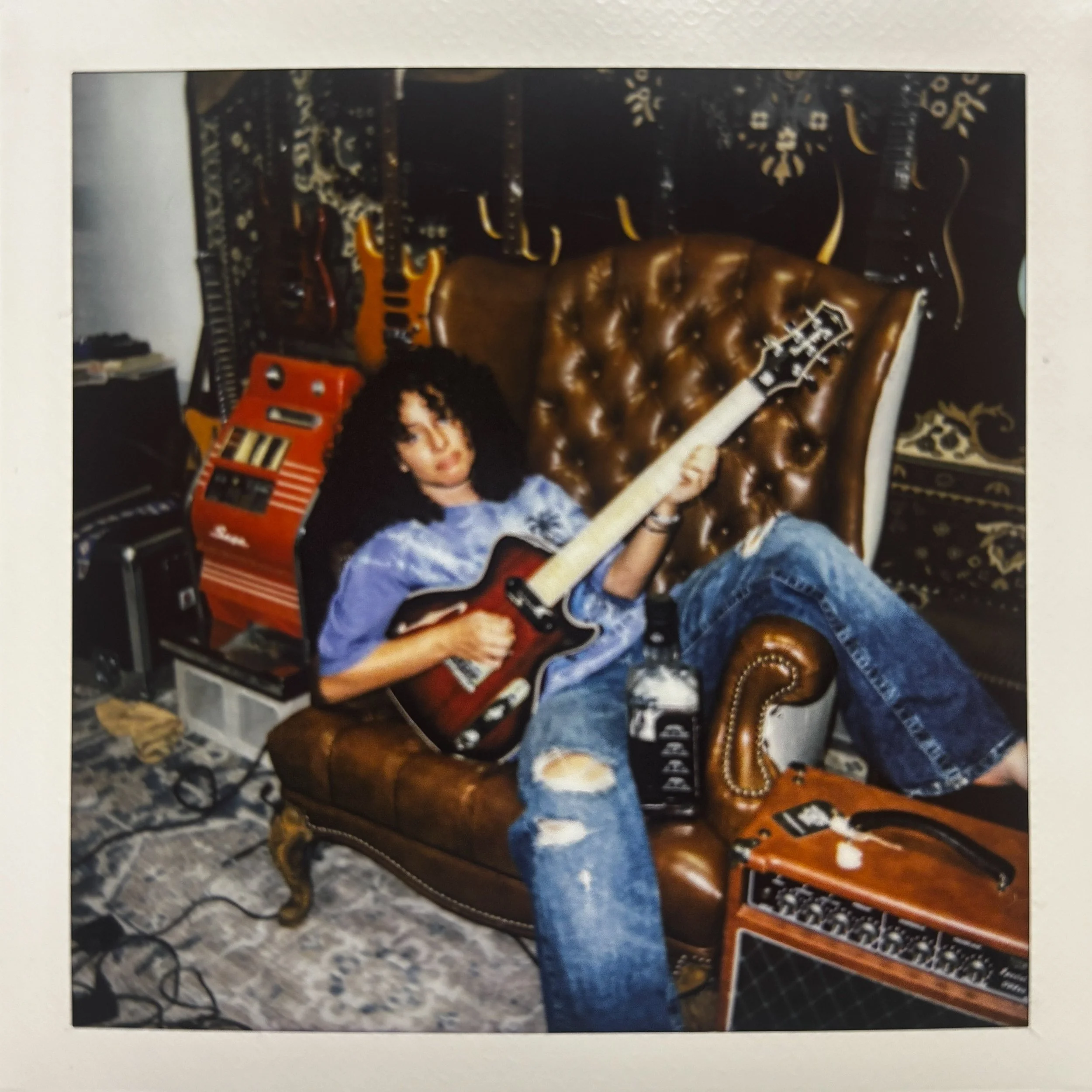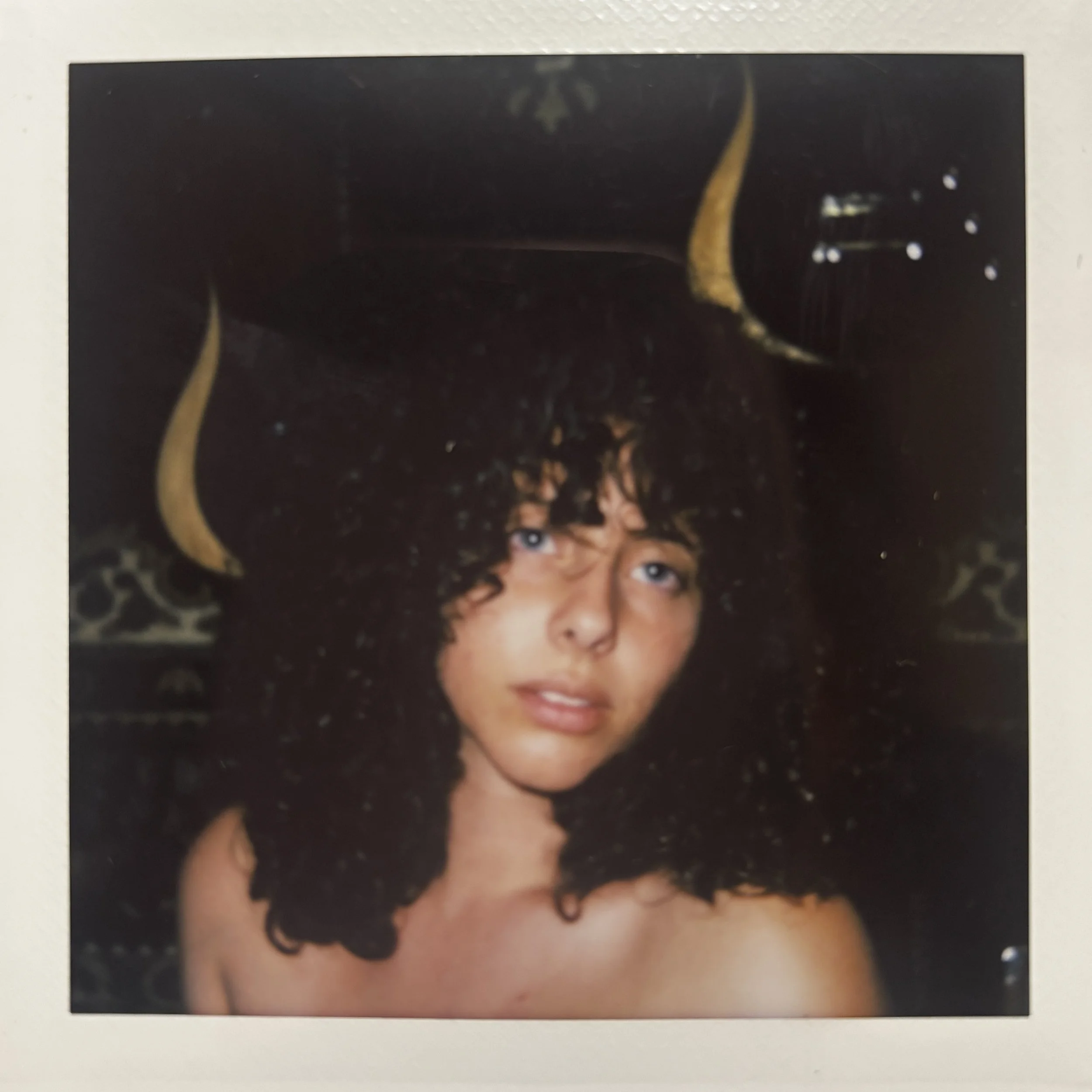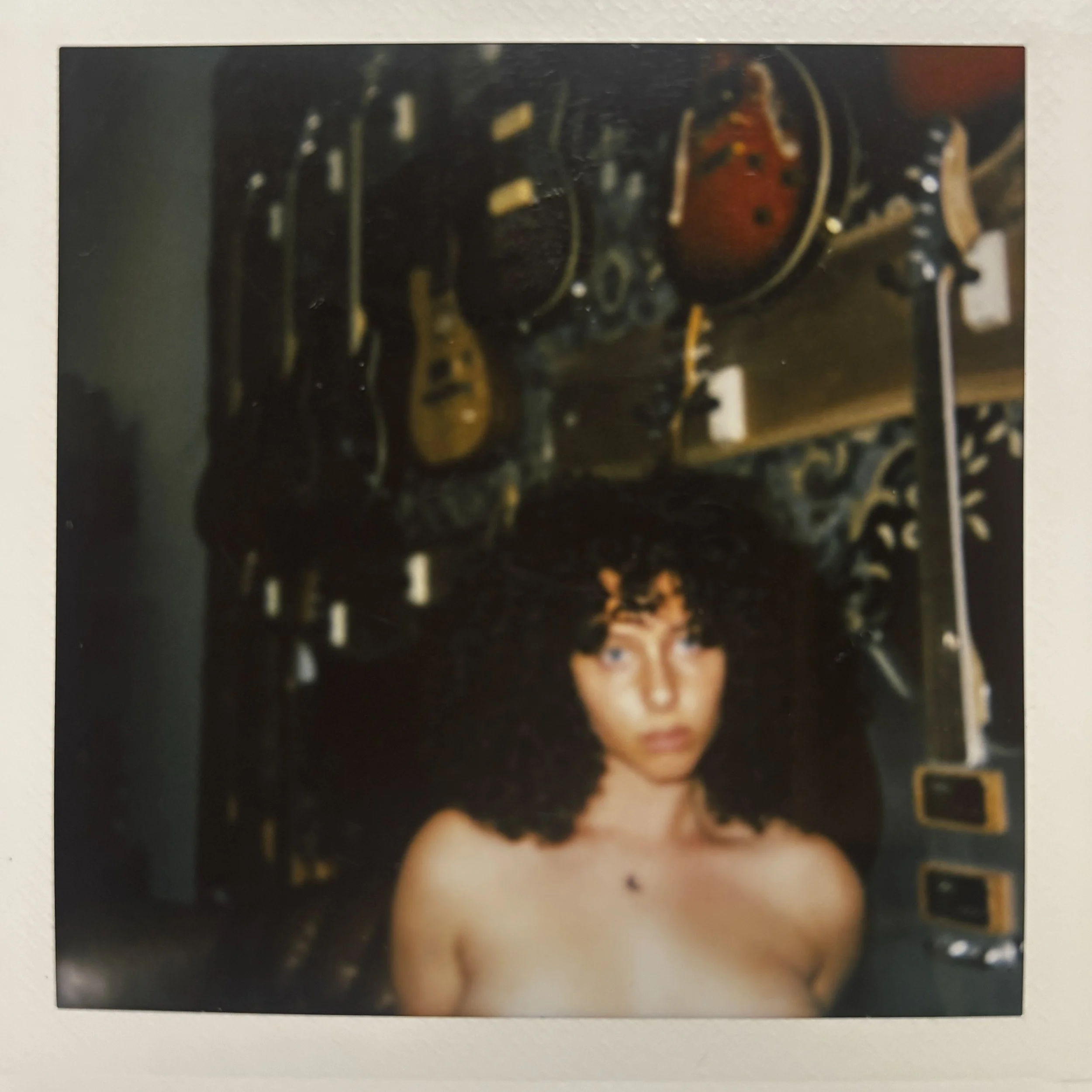Q&A: Sera Fae on Her Latest Single, "somewhere nice."
INTERVIEW
INTERVIEW
☆ BY CHLOE GONZALES ☆
“For a really long time, I was just a producer and a guitarist for other people. That was always my thing, and I kind of haphazardly stumbled into the realization that I wanted to be an artist.”
Being a woman, Sera Fae has faced the male gaze and its repercussions. Sera pushes herself in her newest single, “somewhere nice.” mixing grunge, shoegaze, and more.
Luna sat down with Sera Fae to discuss her latest work and what it means to be an artist.
LUNA: What’s your favorite guitar hero song?
SERA FAE: I had three moments in Guitar Hero explicitly that rewired my brain chemistry. One was “Welcome to the Jungle” by Guns N’ Roses because I saw the character of Slash. This was the first time I had unlocked a character and I saw Slash and was like, wait a minute, I look like that. I could totally be Slash. My actual favorite was “The Devil Went Down to Georgia,” because at the end of the game you literally have a guitar battle with the devil. You can’t beat that.
But “Welcome to the Jungle” was the moment where I realized that maybe I could be a real guitarist, because there was somebody that looked like a man version of me. We had the same background too, he’s mixed. His mom is black, my mom is black, he had long, curly hair, I have long, curly hair. I just need to learn how to play guitar and get a top hat. That was where my 10 year old brain went.
LUNA: You’re releasing a new song soon, called “somewhere nice.” You described it as a statement on fear and insecurity – how do those emotions shape the songwriting process?
SERA FAE: For a really long time, I was just a producer and a guitarist for other people. That was always my thing, and I kind of haphazardly stumbled into the realization that I wanted to be an artist. Stumbling into that at 22, 23, after graduating college, after spending four to six years being like “I’m going to just be a producer and I’m going to be the first woman to win the contemporary producer Grammy,” then suddenly having this epiphany that I wanted to do and be something else was really scary. And I’m the kind of person where it’s like, once I decide on something, it’s either do or die. So the song is built on the fact that if this doesn’t work, I just got to quit. And being an artist nowadays is a very scary thing. When I wrote the song, I was thinking a lot about my financial instability at the time. I was working three jobs. I was trying to do the artist thing, and was trying to figure out who I was, who I wanted to be, what I wanted my sound to be. It was just really stressful.
LUNA: You said about this song, “It laughs as much as it hurts.” Can you talk about how humor and pain coexist in your writing?
SERA FAE: Humor and pain have co-existed in my life since birth. My dad is like the king of dark humor. He would joke about things like his own trauma and in general, my mom whas kind of the same way where, like something bad would happen and our reaction would be just to laugh. So I think when I write, I never really want to write something, or I never want to do something that feels only sad. I think I have to laugh about it if I’m scared or insecure. I am not somebody that writes in isolation of everything around me. So if there’s a lot going on in politics, I’m going to be affected by that. So when I say I wrote it laughs as much as it hurts, I am talking about a thing that is very real to me and is painful, but I also kind of have to keep it upbeat, and kind of have to laugh about it and recognize that it’s a little absurd. That’s always been how I went about life, and I think it definitely translates into my writing, especially into the music. I keep the music bouncy, I keep my voice light. That’s all very intentional.
LUNA: I love that answer. I also wanted to talk a little bit about sound and production. You’ve talked about mixing all these genres and if these specific musicians like Cherry Glazer and St. Vincent had a baby. I was wondering the struggles of mixing these genres together and the mismatch of them.
SERA FAE: You know, it’s funny. Like I said, I wanted to be a producer before an artist. When I was a kid, I always had this rock background. So I think that was always there. I probably couldn’t make culturally specific genres, but the general genres, sub genres of rock, sub genres of R&B, sub genres of pop, I could do that. I could do all of that and I like all of it. So when I sat down and had to make something for myself, I knew it had to be consistent and true. I didn’t wat to be an artist that was all over the place, sonically. Some artists are like that and they like it. They're chameleons and they’re able to transfer genres. I didn’t want to do that, I wanted to make something that sounded like me all the time and I think I was limited in a few ways. I was limited by my voice, which is why I pulled from voices that were softer like mine. That’s where I got the Doobie from, her voice was very soft and airy. I listened to a lot of Janet Jackson and how she used her voice, because it was also airy at times, not always, but she had kind of a softer tone. Michael Jackson has a soft tone. So I was listening to how they use their voices and then I limited myself to only working with what I could make. So not just that song, but the whole EP, there’s no sensor keys because I can’t play sensor keys. I only worked with my voice, guitar, bass, and then drums. For me, putting limits, putting myself in a box helps me a lot to find out who I am and what I want to do. And in the future, the box can expand.
LUNA: I also wanted to jump into a little bit of your artwork. Did you create that?
SERA FAE: Yes! I can’t remember what exactly gave me the idea to do a collage. I think I might have seen someone post a collage on Instagram or something and I was like, “I want to try that.” So I went to Barnes N Noble and got a bunch of magazines and ran with it. All the artwork I do for my covers is made physically. And it’s another limit for me, is that if I know that every time I make a song I want to do a physical collage, it relieves me of the stress of what one single shot is gonna be that’ll encapsulate the song.
LUNA: It seems like a lot of emphasis was on eyes, particularly male eyes. I didn’t know if that was a male gaze moment.
SERA FAE: I’m happy that you said that, because that was my biggest fear, that no one would catch that. I made the song about fear about if I don’t become an artist and I’m stuck in this stasis. That was the song. And then I realized, once I actually finished it, I got it mixed, I’m gonna release it. As a visual, there was a line in the song that is something I still struggle with, where in the verse I say, “I think I got here off luck alone.” And I say luck, but part of what I really mean is I have been a tool for a lot of acts and people because of my physical appearance and because of my occupation as a woman who plays guitar. That identity has gotten me through a lot of doors and it’s been something that a lot of men especially have made me very aware of. So another reason I wanted to be an artist was because if I put the ball in my own court, I feel more liberated. With the collage, I was really inspired by the classic Margaret Atwood quote about male gaze and how everything you do is a male fantasy. And I think especially being in rock and roll, I now have the absolute pleasure of filling a very specific male fantasy. I fill a very specific fantasy for men and how much I play into that fantasy or don’t will impact my career, because that’s how people see me. So the collage is really that struggle. I also very intentionally got a magazine that was all old rock stars. And I chose a lot of them very particularly because a lot of them were predators. So all of the eyes are intentional because those old sentiments are very much on me and still do shape the landscape of rock and roll.



